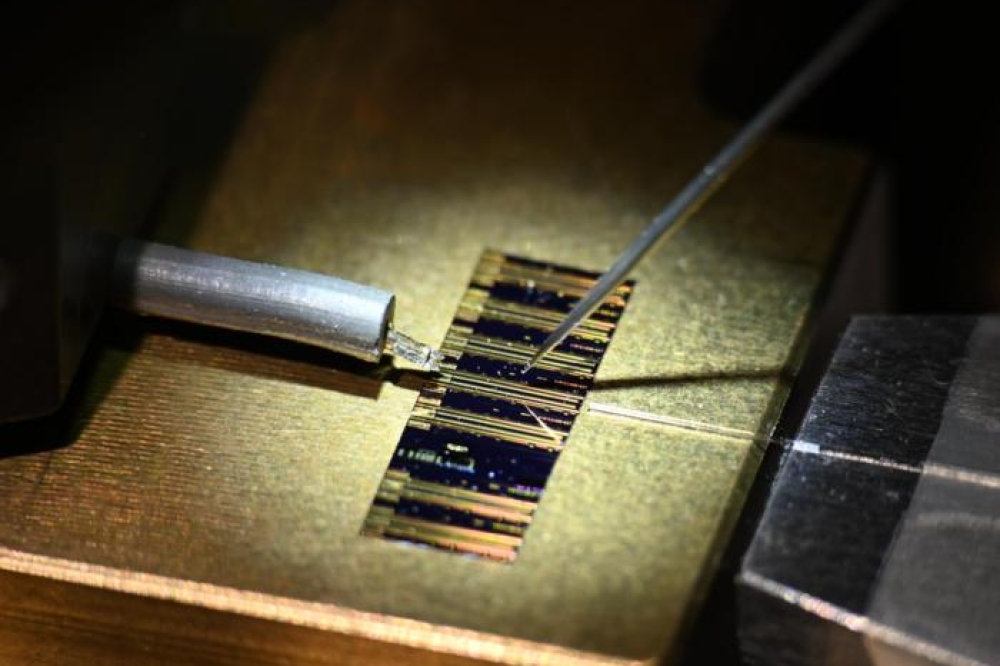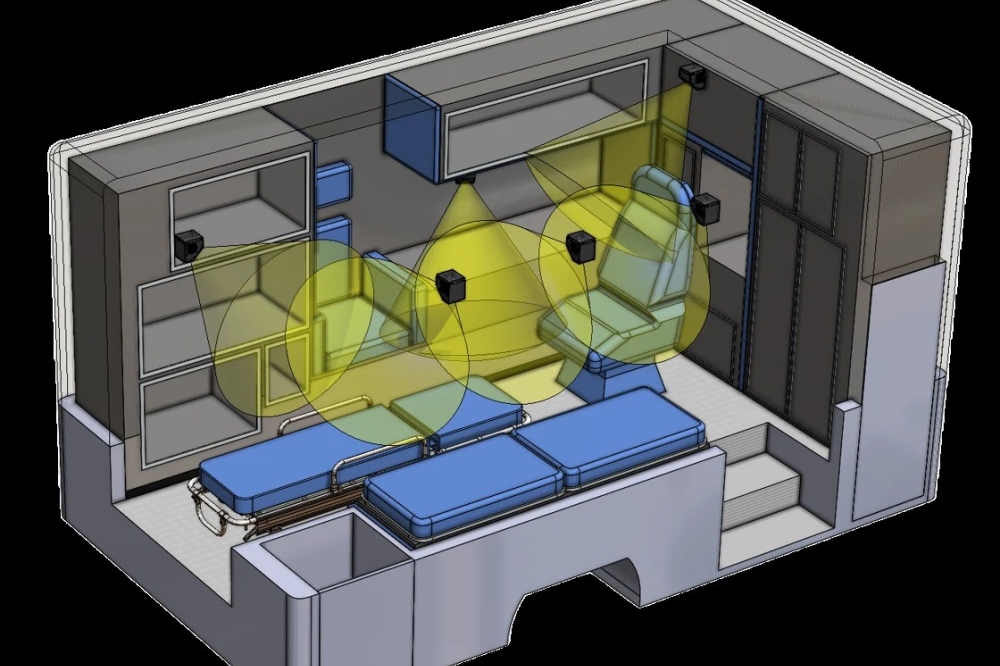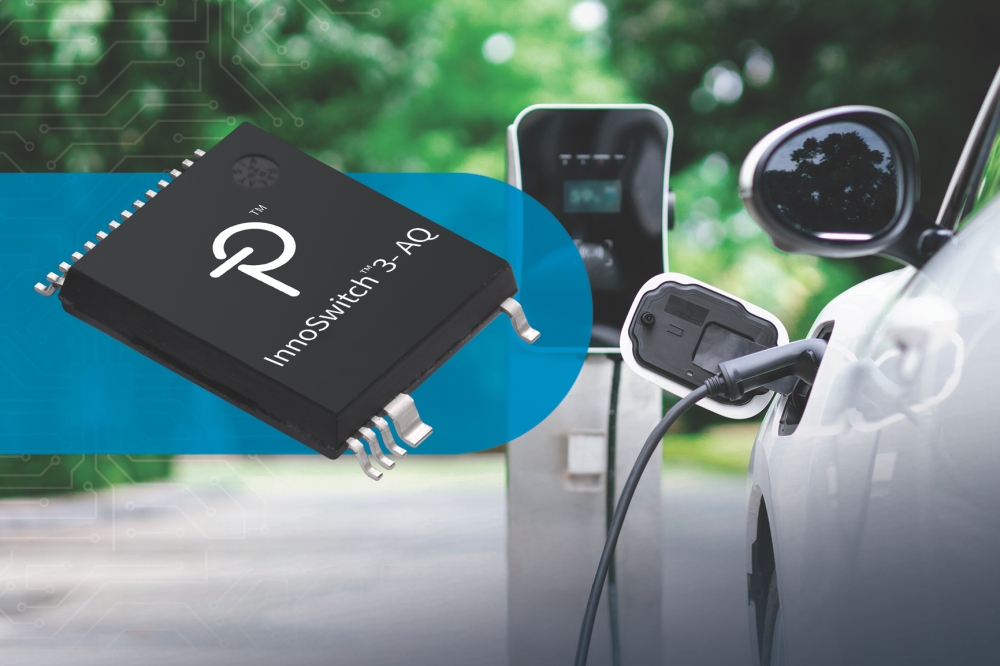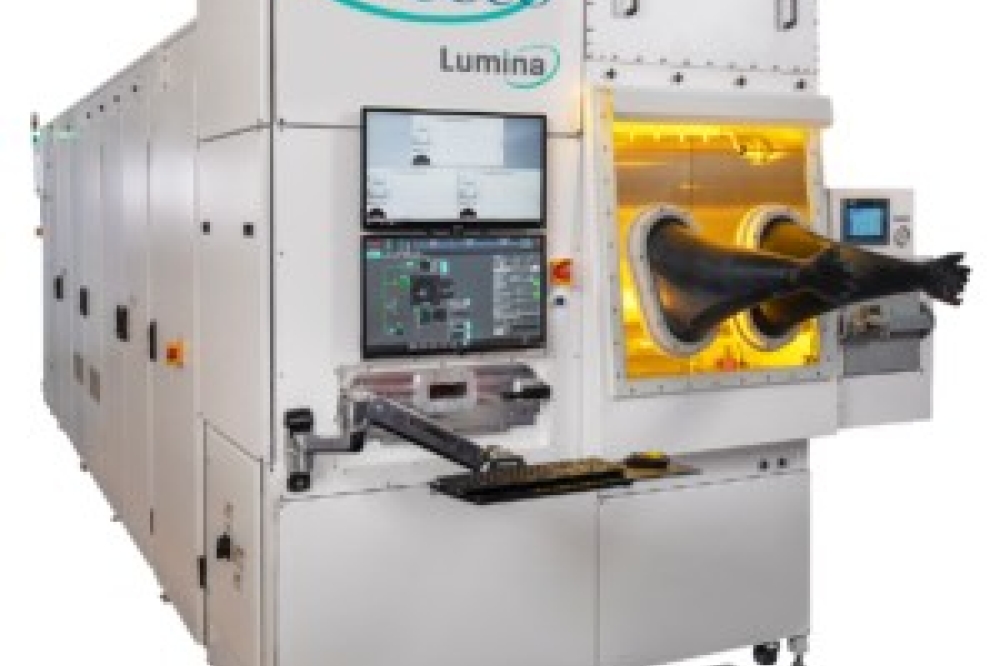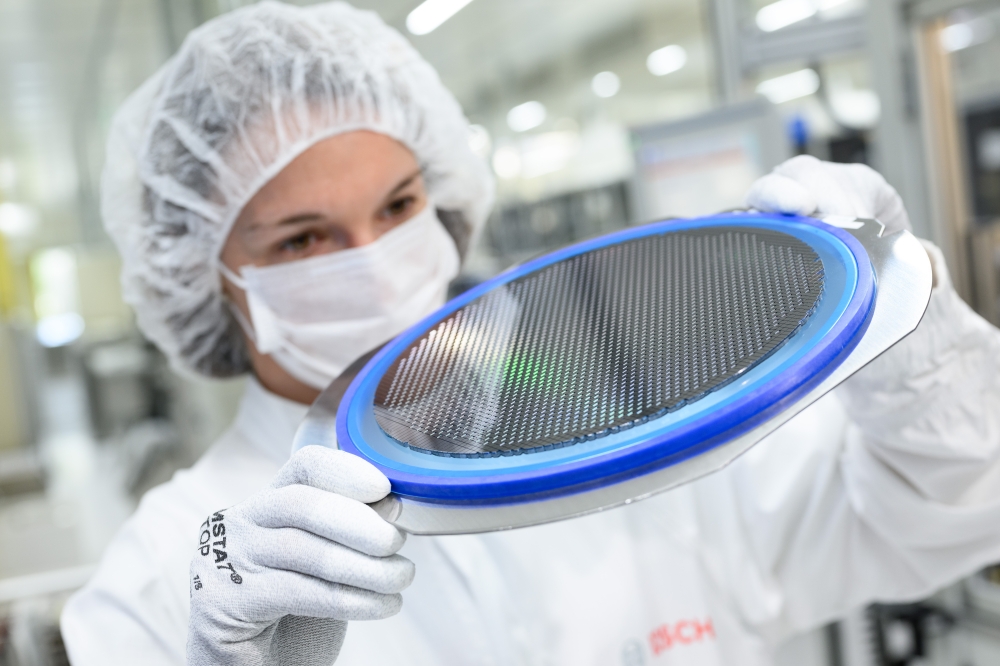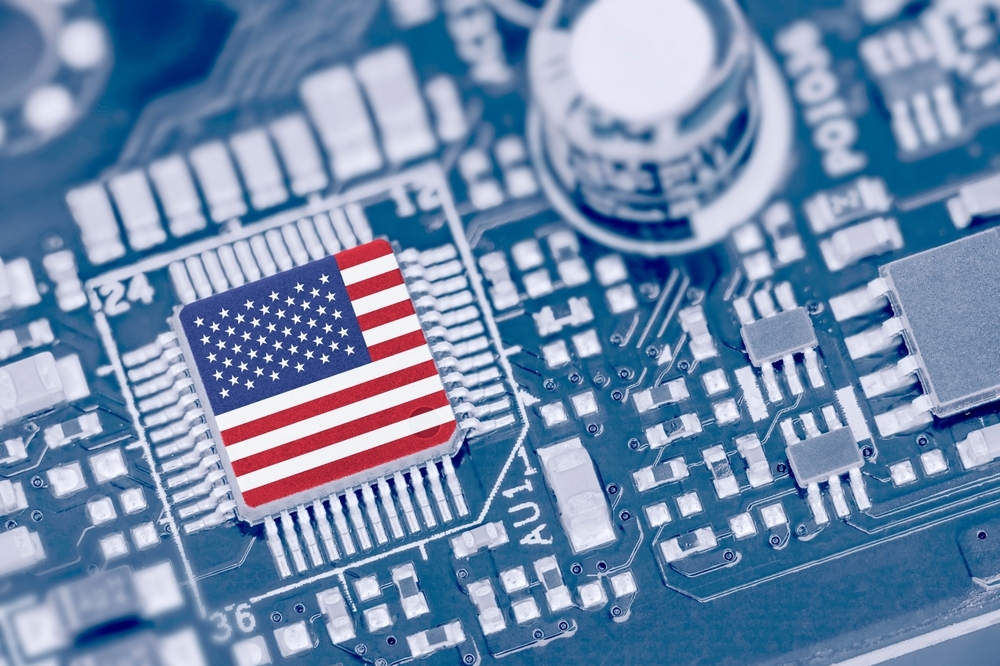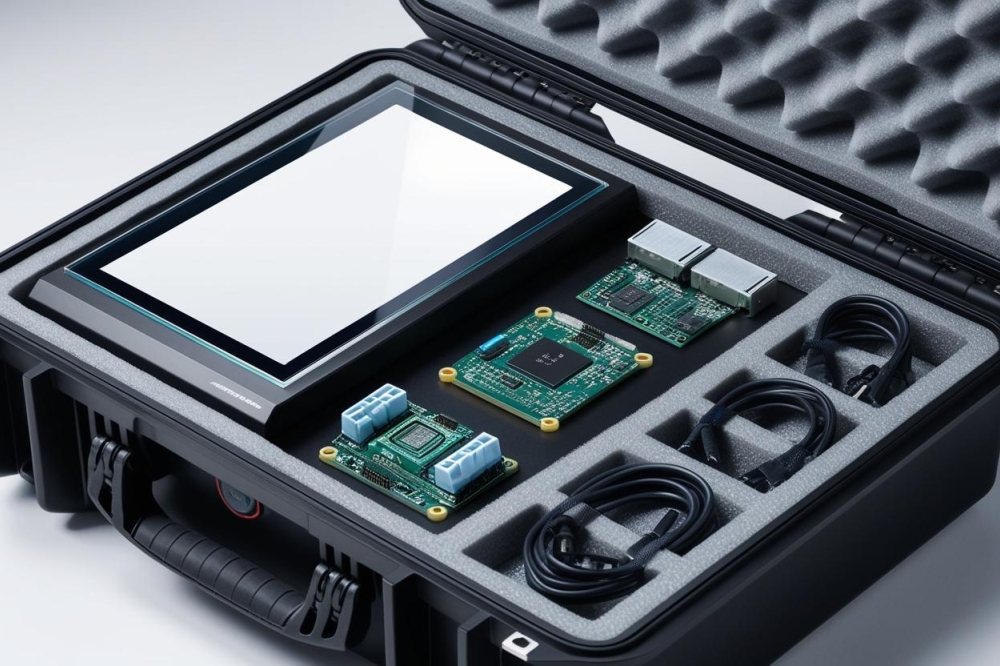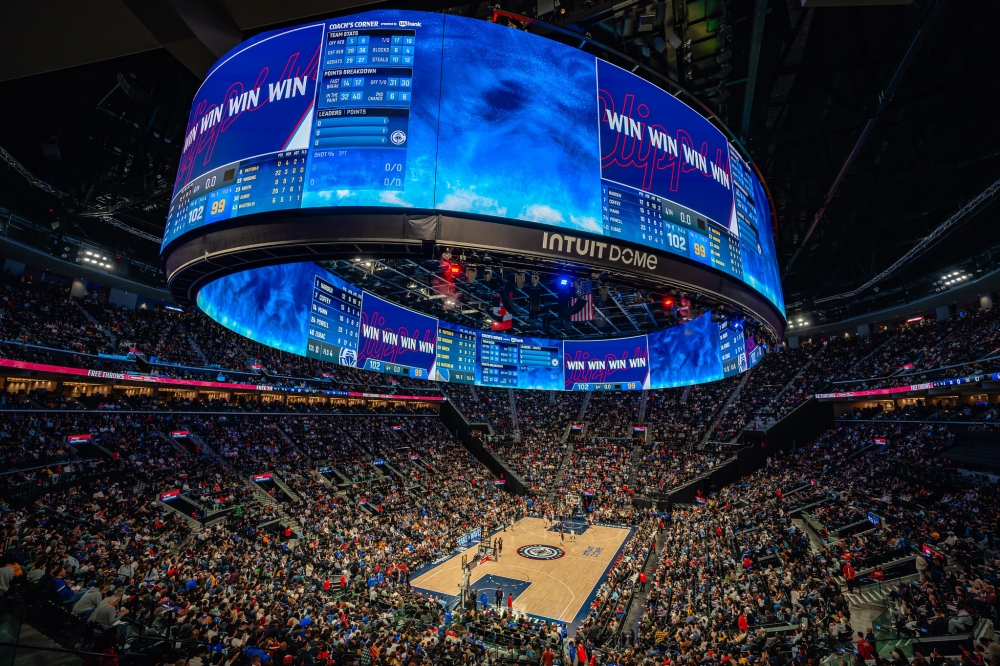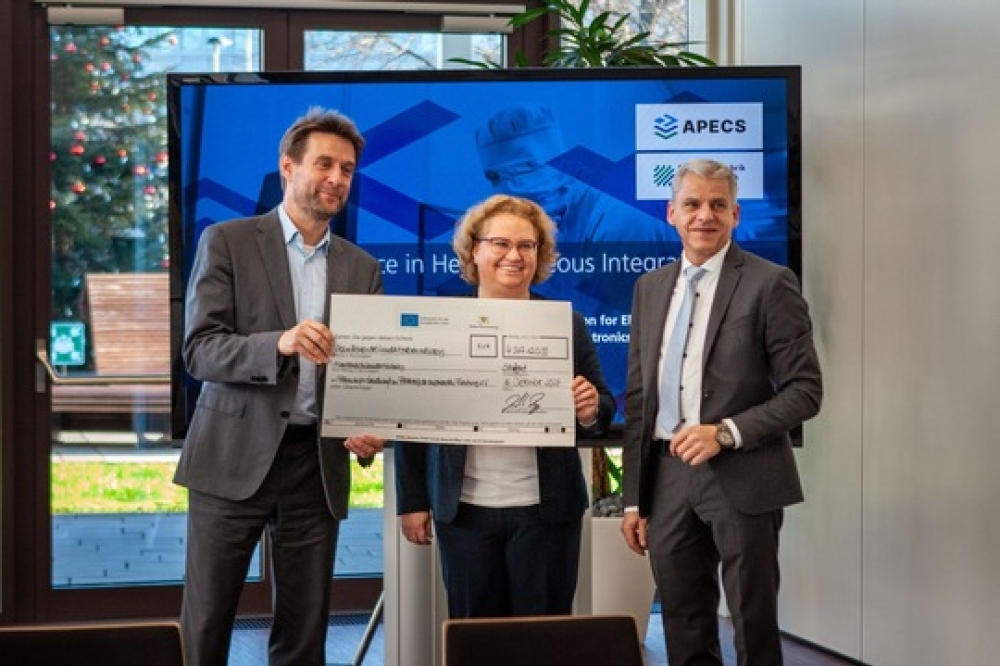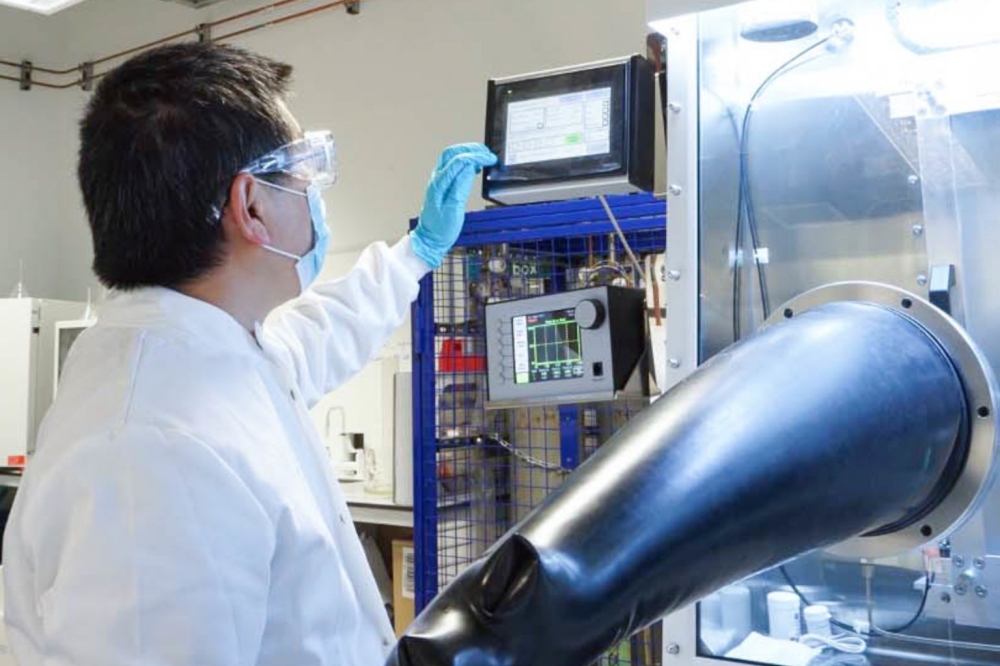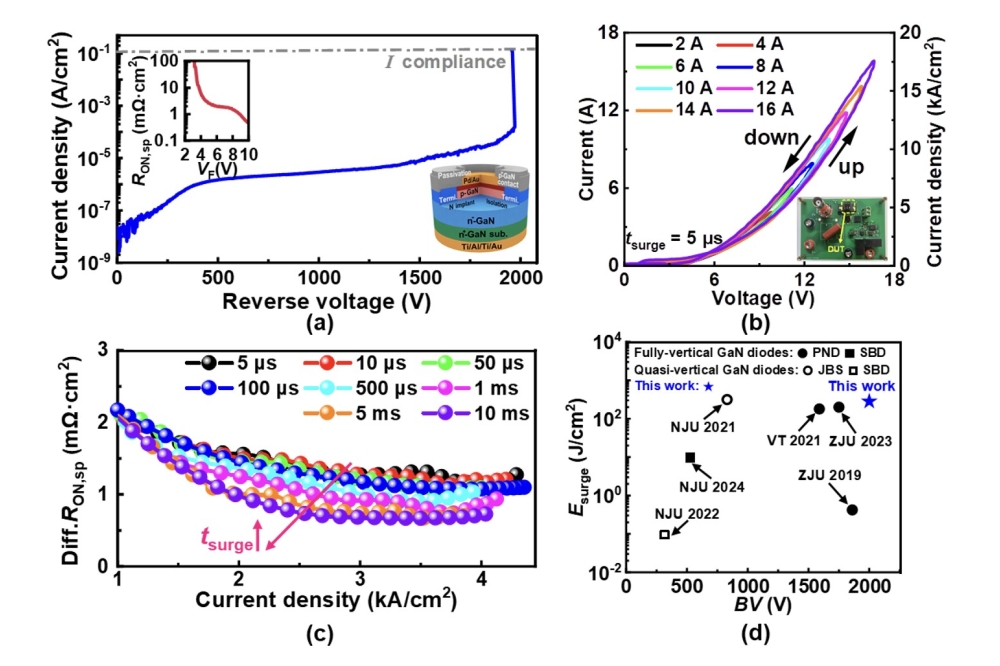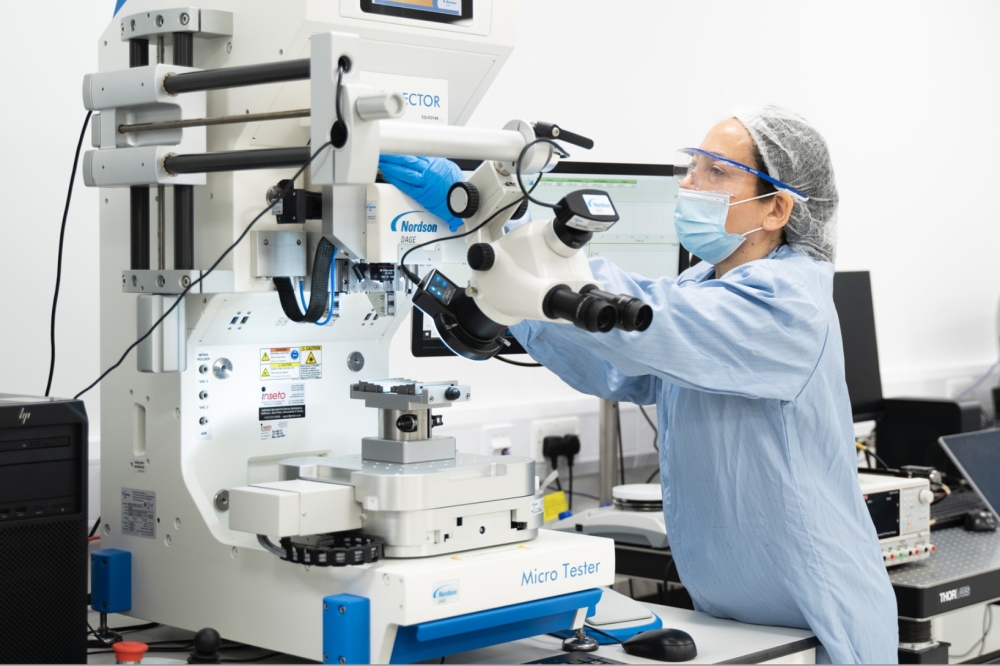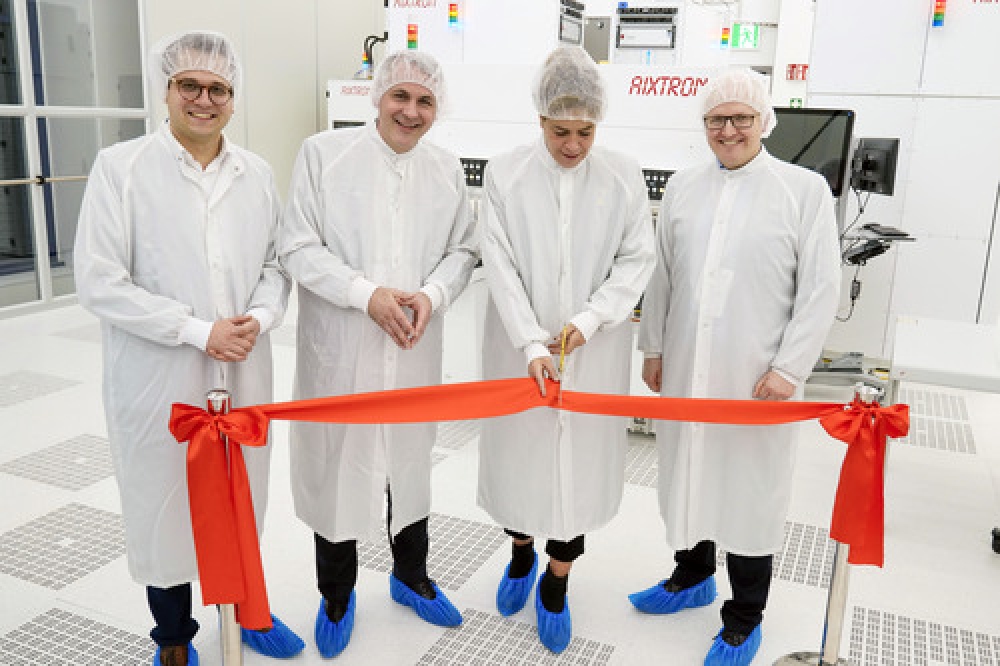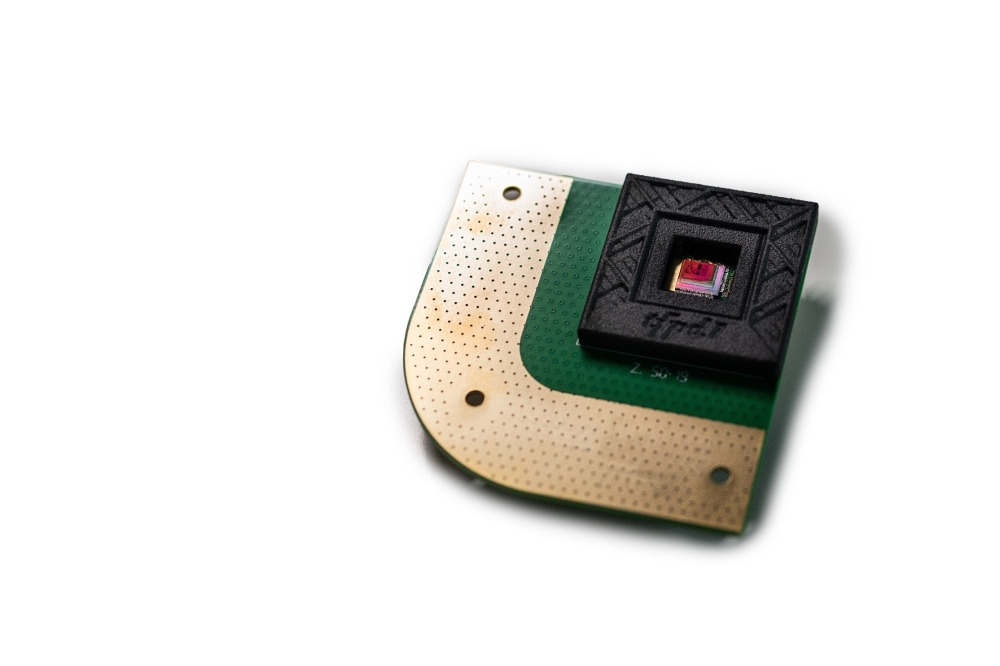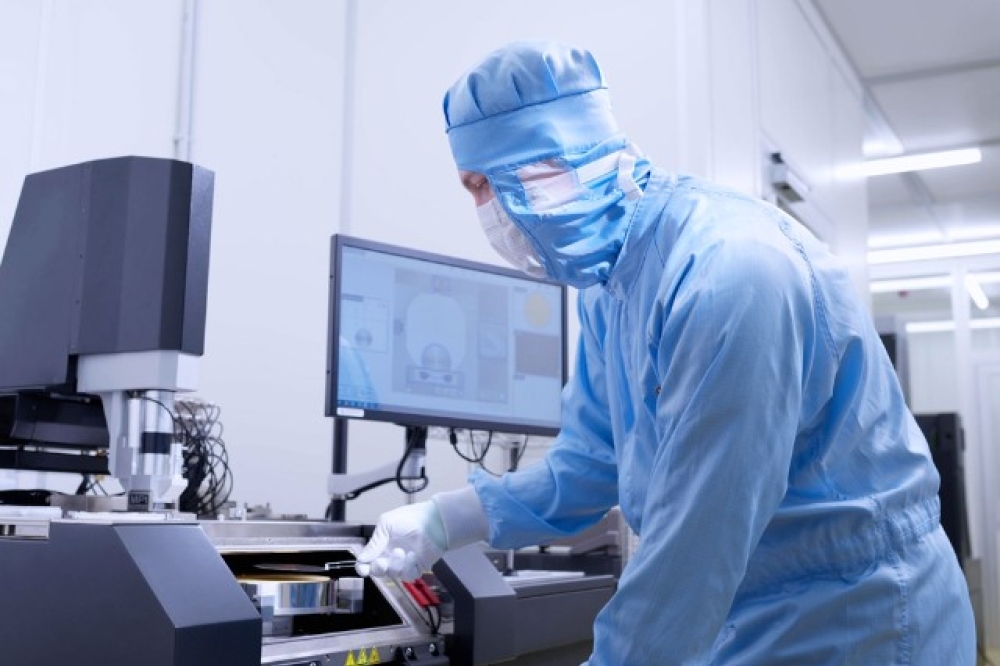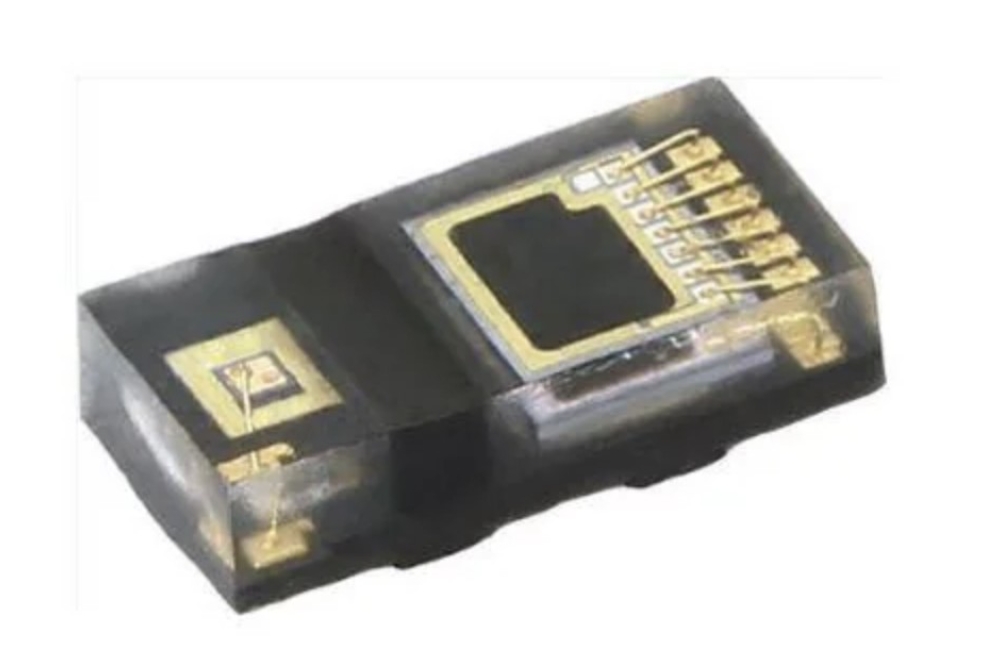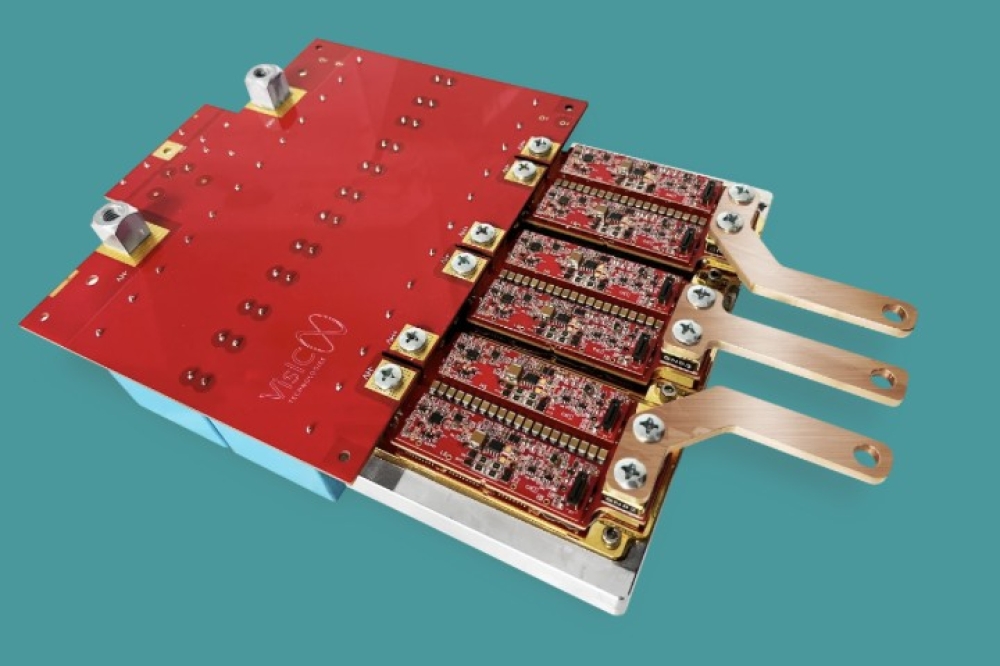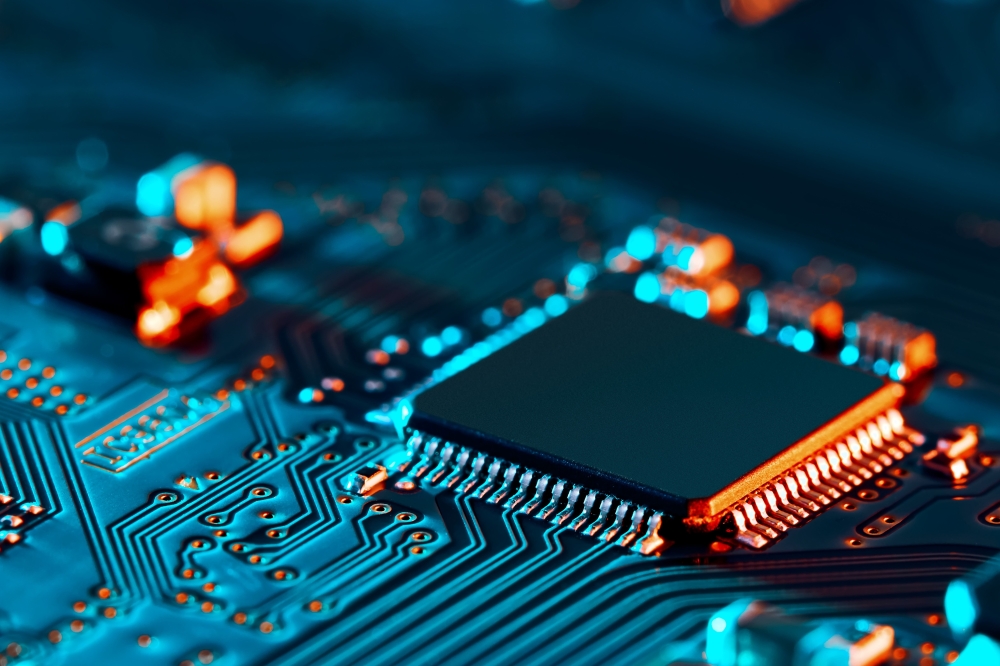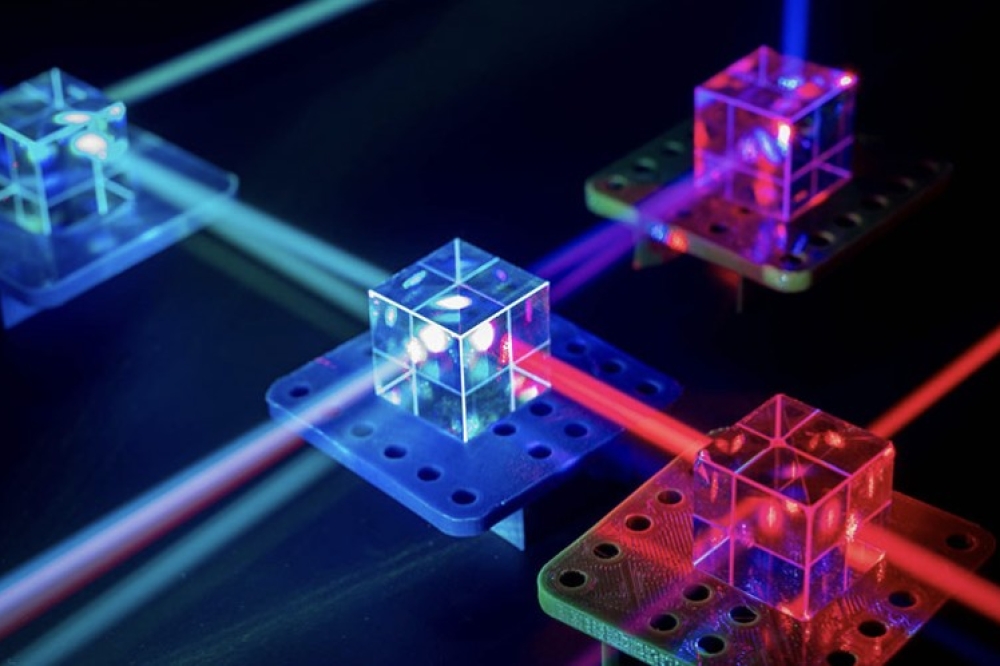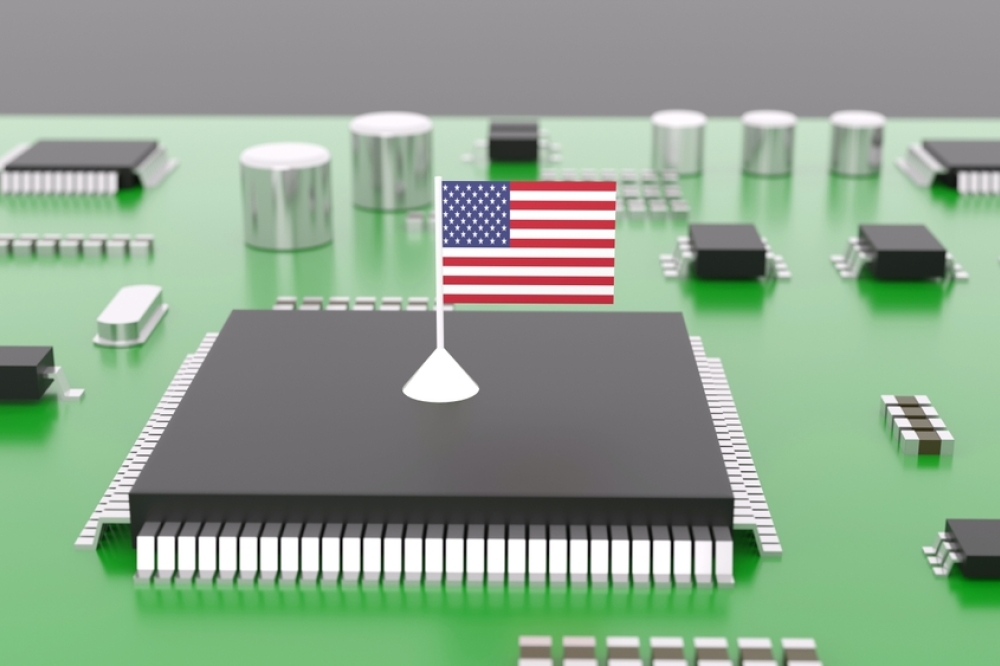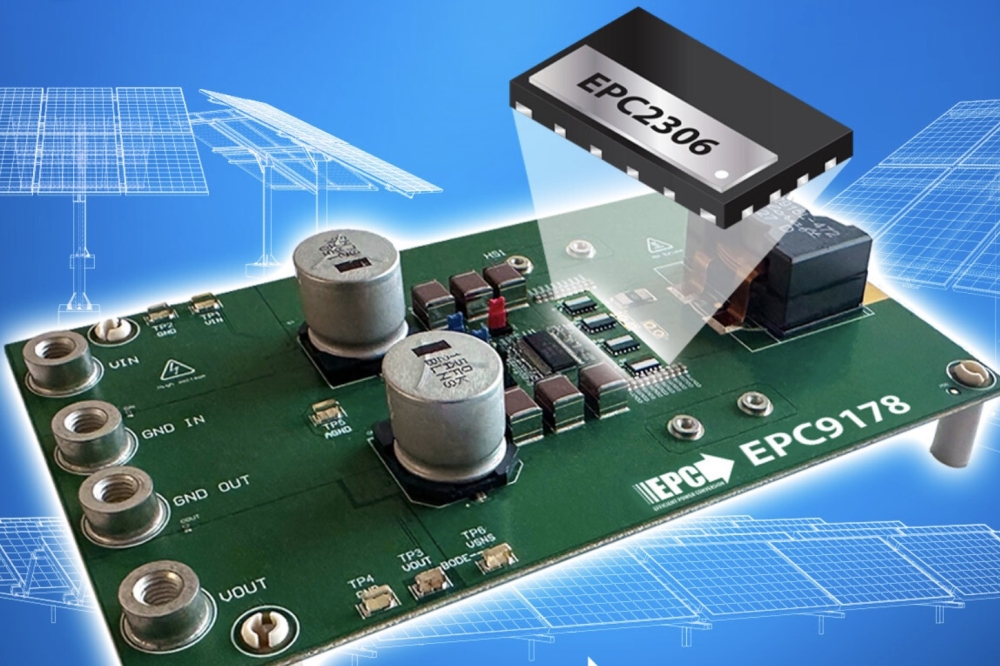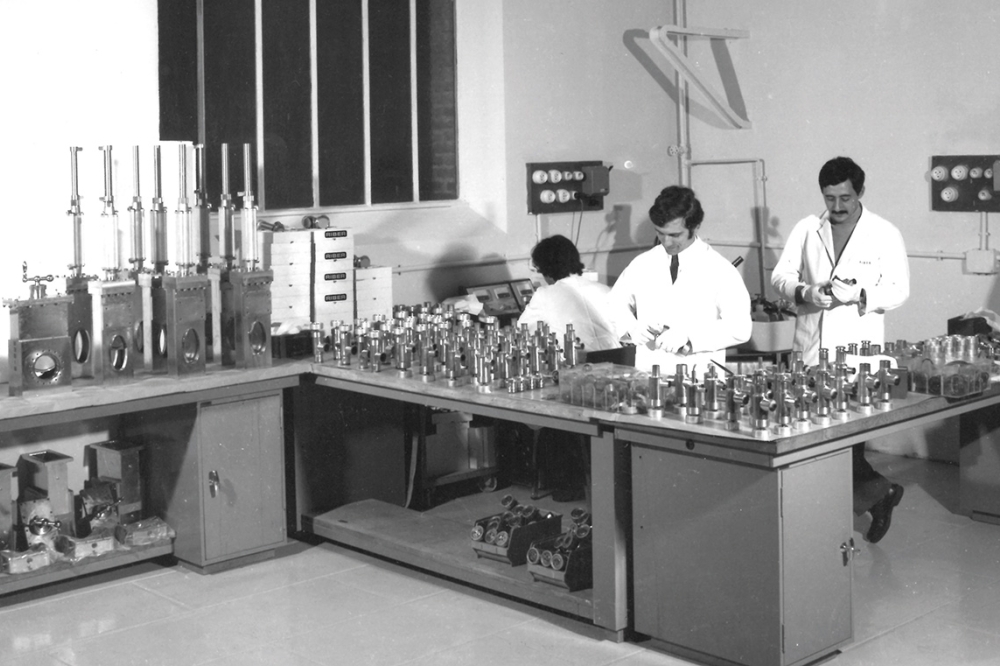News Article
Strain could unleash tunneling in GaAs nanowires
The possibility of tuning the electronic and optoelectronic properties of nanowires becomes possible via strain engineering.
Researchers from the University of Sydney and the Australian National University has discovered that GaAs nanowires (NWs) exhibit super stiffness. They also show extraordinary elasto-plastic deformability with a typical elastic strain of 11%, which is 100 times greater than that of conventional bulk GaAs.
Thanks to changes in the band structures of semiconductors with mechanical strain, this discovery could provide enormous possibilities for the semiconductor industry. Via strain engineering, the opportunity to tune the electronic and optoelectronic properties of nanowires becomes possible.
Bulk III-V semiconductors including GaAs are usually very brittle with negligible elastic and plastic strain. The researchers studied the mechanical behaviour of GaAs NWs using the in-situ transmission electron microscopy (TEM) nano-compression technique. This is capable of simultaneous in-situ high-resolution force-displacement measurement and TEM imaging.

Figure 1 . a) An SEM image of GaAs NWs. b) A TEM image of a NW and a < 110 > SAED pattern.
c) An enlarged TEM image of a NW. d) A high-resolution TEM image of the part marked with a white rectangle in (c) showing the sphalerite structure of GaAs covered by an amorphous surface layer. A distance of 6.53 nm between 20 {111} planes is marked in (d).
Yanbo Wang of the University of Sydney made several important findings. Firstly, the elastic strain limit reaches ≈ 10–11% for NWs with diameters between ≈ 50 to 150 nm and that obvious plastic deformation occurs in NWs with diameters less than 25 nm. Secondly, the Young’s modulus of the NWs increase significantly with decreasing NW diameter to values that are more than double that of bulk GaAs.
-140311.jpg)
Figure 2 . a–d) A series of microscopy images extracted from a Movie in the Supporting Information for a GaAs NW before compression (a), at buckling (b), under combined compression and bending (c), and after fracture (d). e) A portion of the corresponding force–displacement–time curve (from 10 s to 21 s), with the inset showing the complete curve of the whole testing process. Points 1–4 correspond to the images (a–d), respectively.
Wang and Xiaozhou Liao from the University of Sydney and the group led by Chennupati Jagadish in the Australian National University are now working together to understand details of the effect of structure/geometry on the mechanical behaviour of various semiconductor nanowires. This research area is important for the reliability and functionality of nanowire devices but has so far been less explored.
Details of this research has been published in the paper “Super Deformability and Young’s Modulus of GaAs Nanowires”, by Yan-Bo Wang, Li-Feng Wang, Hannah J. Joyce, Qiang Gao, Xiao-Zhou Liao, Yiu-Wing Mai, Hoe H. Tan, Jin Zou, Simon P. Ringer, Hua-Jian Gao and Chennupati Jagadish, in Advanced Materials 2011, 23, 1356-1360. DOI: 10.1002/adma.201004122

